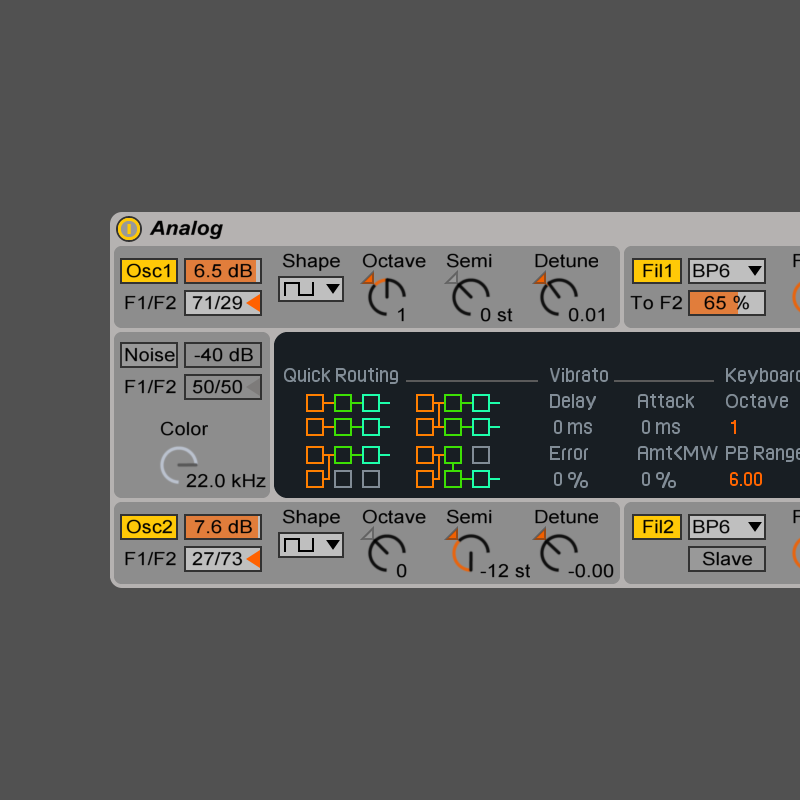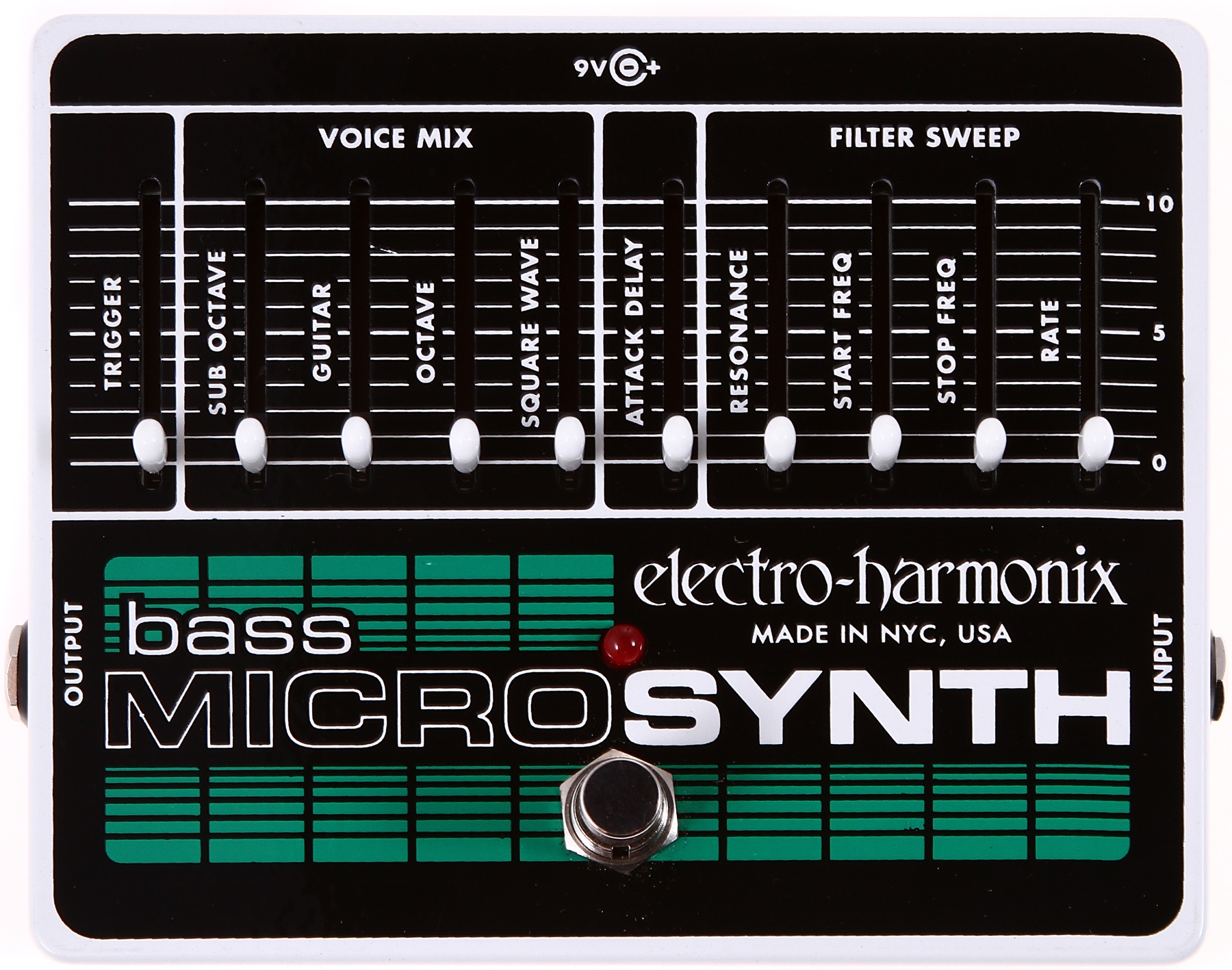

Some synths also allow for transposed “unison” pitches, which makes the label a bit misleading. In monophonic mode, the number of voices chosen will determine the intensity for the effect. In the polyphonic mode, activating the unison switch will reduce the number of available voices by half. In analog synthesizers, pitches are never exactly in tune, so the result is a chorus-type effect. The intensity of the effect can be set as well.Īctivation of the Unison function in a synth will stack additional voices for every note played. The ESsc2 in Logic has a rarely found parameter called CBD (Constant Beat Detuning), that compensates for this logarithmic predicament and artificially keeps the beat consistent regardless of what note or frequency is played. As beating frequencies approach the audio range, additional pitches are perceived and side band frequencies (sum and difference tones) become audible as well. As with LFOs, it gets difficult to hear the effect of beating as described above, when the frequency exceeds 15Hz or so. LFO (low frequency oscillators) operate below that range. *SIDE NOTE: The Audio Range (20Hz to 2oKHz) is considered the average range of human hearing.

Here’s an example of what would occur given a 10 percent pitch shift starting from two different pitches: When playing slightly detuned lower frequencies (at the bottom end of a keyboard), the beats would be relatively slow, since there is a smaller distance between the octaves so each cent would include fewer cycles per second and result in a lower beating frequency. So if there was a 200 Hz sine wave played alongside a 206 Hz sine wave we would hear a 6 Hz beating.” He said, “I make beats.”īeating is a well-known effect and especially obvious with pure tones like sine waves. I once asked one of my students, “What do you do?” They responded, “I make beats.” I said, “Oh, you mean you create the psychoacoustic effect that results from playing two tones that differ slightly in frequency so that the listener hears a periodic dipping in amplitude at a rate equal to the difference between the two frequencies. Double the length of a pipe and the tone will drop one octave. This nomenclature is from its use with pipe organs and references the length of pipes. With a little experimentation, you will quickly realize that they refer to octaves with lower numbers affecting a higher transposition. You might be a little bewildered as to why these parameters are in feet. You may come across numbers that progress with each successive number doubling the last and labeled as feet or with an apostrophe. But if you’re curious as I am, those little back holes in your knowledge will burn incessantly until you can resolve the issue.

Or, you may flip a switch or turn a dial and like the result, so you may not even care what’s happening under the hood. But every synth of even moderate complexity may present a parameter or two that you typically gloss over or neglect. Most people using synthesizers are fluent in the common parameters and elements of synthesis such as LFO’s, envelopes, oscillators, etc.


 0 kommentar(er)
0 kommentar(er)
